The Importance of Fire Sprinkler Testing
Protect Your Property
Fire sprinklers are a critical component of any building’s fire protection system. They play a vital role in controlling and extinguishing fires before they have a chance to spread, potentially saving lives and minimizing property damage. However, simply having a fire sprinkler system in place is not enough—regular testing and inspection are essential to ensure that the system will function correctly when needed. At ASAP Fire Sprinkler Protection, we emphasize the importance of routine fire sprinkler testing for both safety and legal compliance.
Why Fire Sprinkler Testing Is Essential
A
fire sprinkler system is your first line of defense against a fire emergency. While these systems are designed to be highly reliable, they must be regularly tested to ensure they are working correctly and are free of any defects or malfunctions. Over time, components of the system can become worn, damaged, or clogged, rendering the sprinklers ineffective in the event of a fire.
Regular testing helps identify any issues before they become serious problems. By detecting and addressing potential problems early, you can avoid the risk of system failure during an emergency. Furthermore, testing ensures that your sprinkler system is up-to-date with the latest safety standards and codes, providing peace of mind for building owners, tenants, and occupants.
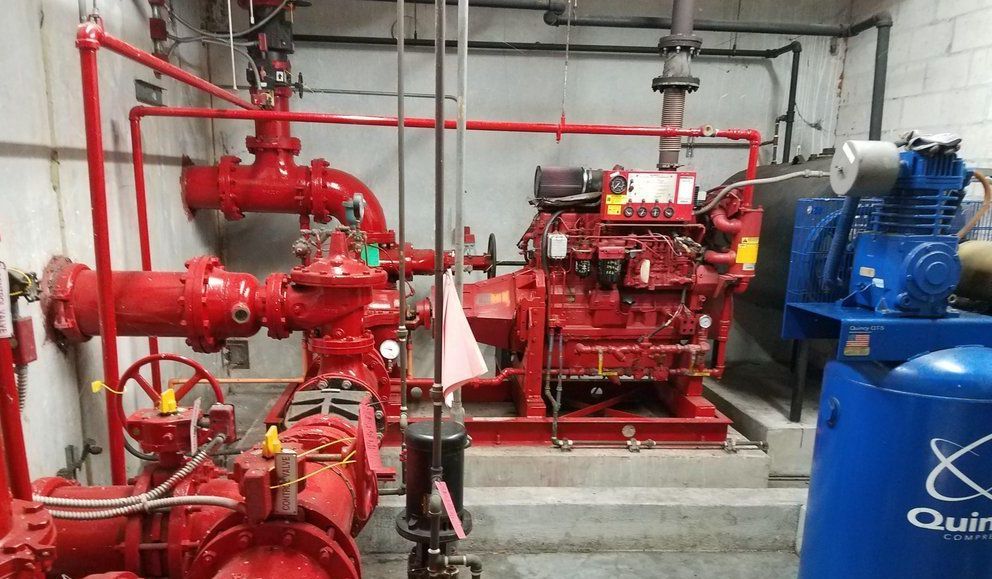
Legal Requirements for Fire Sprinkler Testing
Fire sprinkler testing isn’t just a safety precaution—it’s a legal requirement. Both federal and local laws mandate that fire sprinkler systems be inspected, tested, and maintained on a regular basis to ensure compliance with fire codes and regulations. The National Fire Protection Association (NFPA) provides the guidelines for testing and inspection, which are widely adopted by municipalities across the country.
Failure to comply with these testing requirements can result in fines, legal liabilities, and the potential closure of your building until the system is brought into compliance. In addition, insurance companies may deny claims related to fire damage if it is determined that your sprinkler system was not properly maintained.
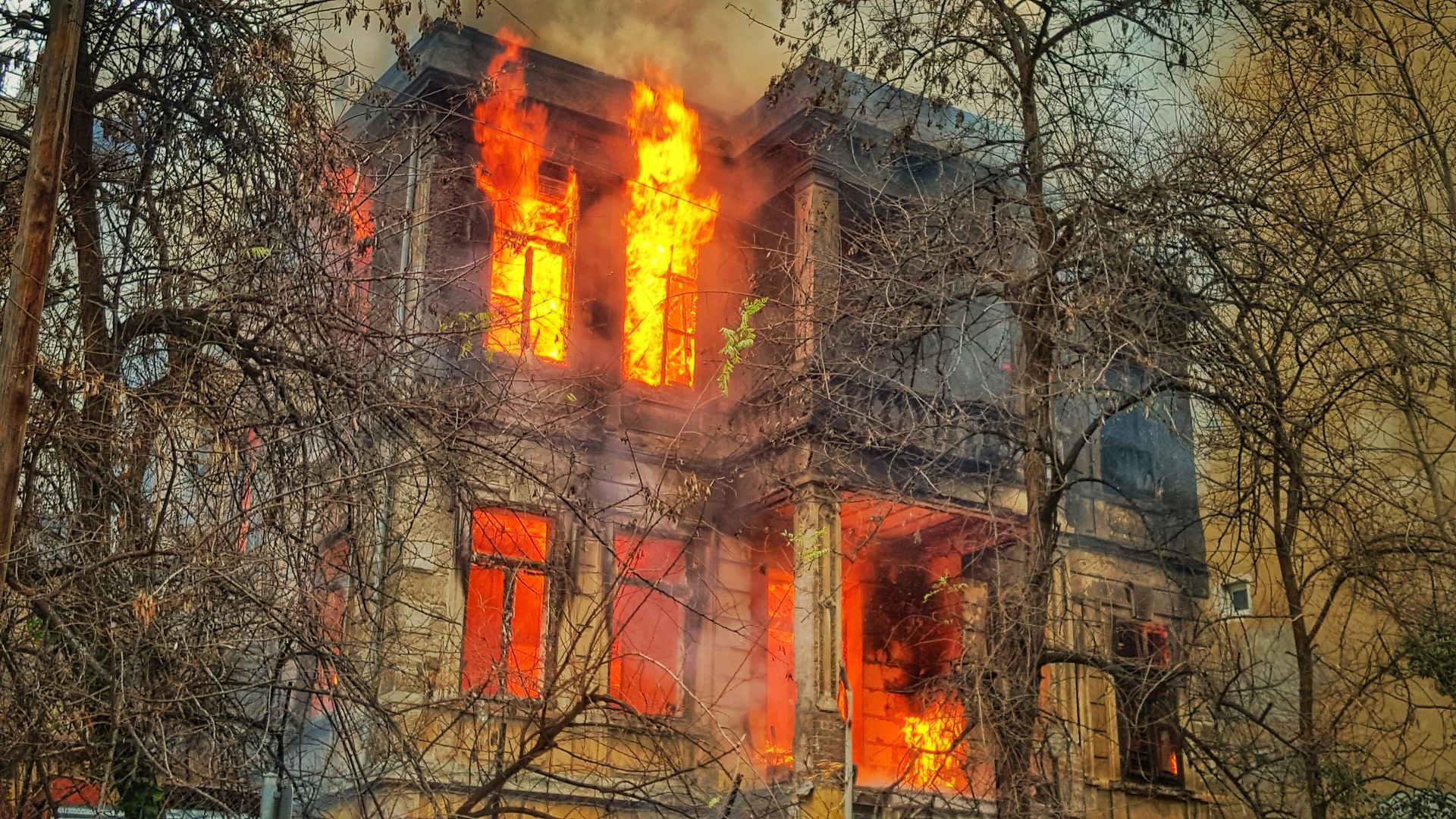
How Often Should Fire Sprinkler Testing Be Performed?
The frequency of fire sprinkler testing depends on
several factors, including the type of system, the building’s use, and local regulations. However,
NFPA 25, the standard for the inspection, testing, and maintenance of water-based fire protection systems, provides a general guide:
- Monthly: Visual inspections should be conducted monthly to ensure the system appears to be in good working order. This includes checking the control valves, water pressure, and any visible signs of damage or obstruction.
- Quarterly: More detailed inspections should be conducted quarterly. This includes testing alarms, water flow, and monitoring devices to ensure they activate and respond as they should in the event of a fire.
- Annually: A full test of the system should be conducted at least once a year by a qualified professional. This comprehensive inspection includes testing the entire sprinkler system, checking all valves, pipes, and sprinkler heads for blockages, corrosion, or leaks.
- Every 5 years: Internal inspections of piping are required every five years to ensure that no debris or mineral buildup is obstructing the water flow.
- Every 10 years: Dry sprinklers, which are typically used in areas prone to freezing, must be tested and replaced every 10 years.
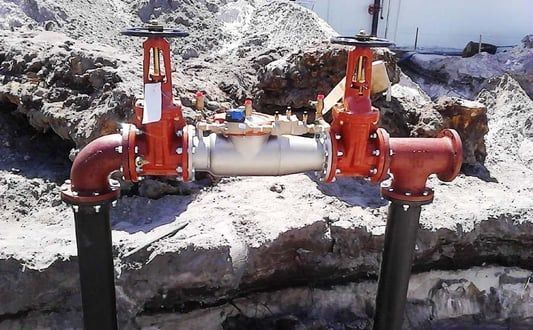
Protecting Lives and Property
Regular fire sprinkler testing is not just about staying compliant with regulations—it’s about saving lives and protecting property. A well-maintained fire sprinkler system can suppress or extinguish a fire before it spreads, reducing the potential for injury or death and minimizing damage to the building.
In many cases, a functioning sprinkler system can contain a fire to the area where it started, preventing it from spreading to other parts of the building. This can also significantly reduce the amount of water and time needed by firefighters to control the blaze, ultimately minimizing the impact on your business operations and property.
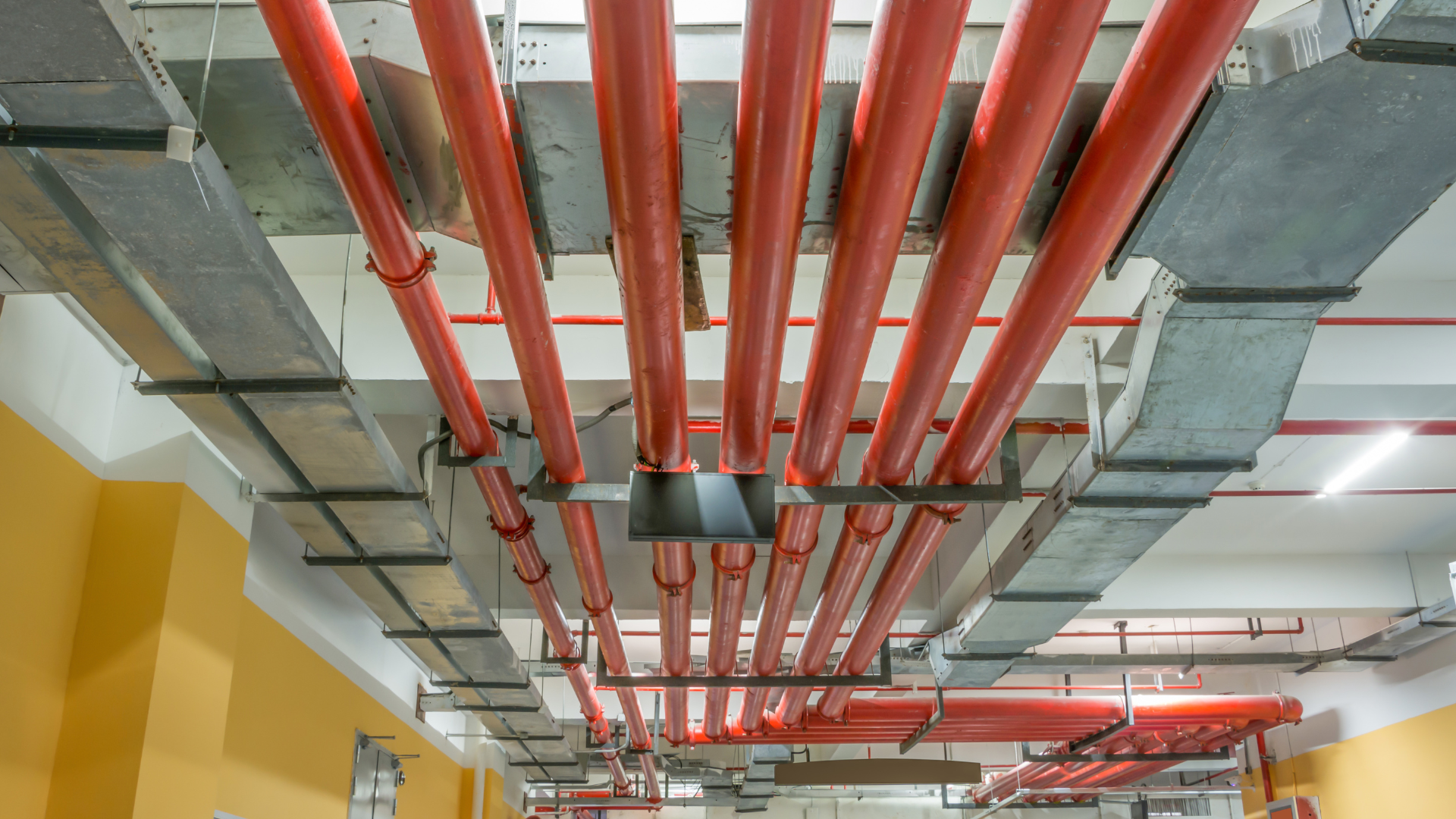
Peace of Mind with ASAP Fire Sprinkler Protection
At ASAP Fire Sprinkler Protection, we understand how important it is to keep your fire sprinkler system in top condition. Our team of licensed professionals is experienced in performing thorough inspections, testing, and maintenance to ensure your system is fully operational and compliant with all legal requirements.
By partnering with us, you can rest easy knowing that your building, employees, and tenants are protected by a fire sprinkler system that is ready to perform when needed. We will work with you to develop a maintenance schedule that fits your needs and ensures your system is tested on time.
Regular fire sprinkler testing is essential for the safety of your building’s occupants, the protection of your property, and compliance with legal requirements. Don’t wait until it’s too late—ensure your fire sprinkler system is ready to perform when you need it most. Contact ASAP Fire Sprinkler Protection today to schedule your next fire sprinkler inspection and testing.

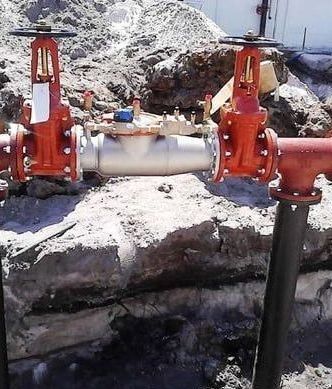
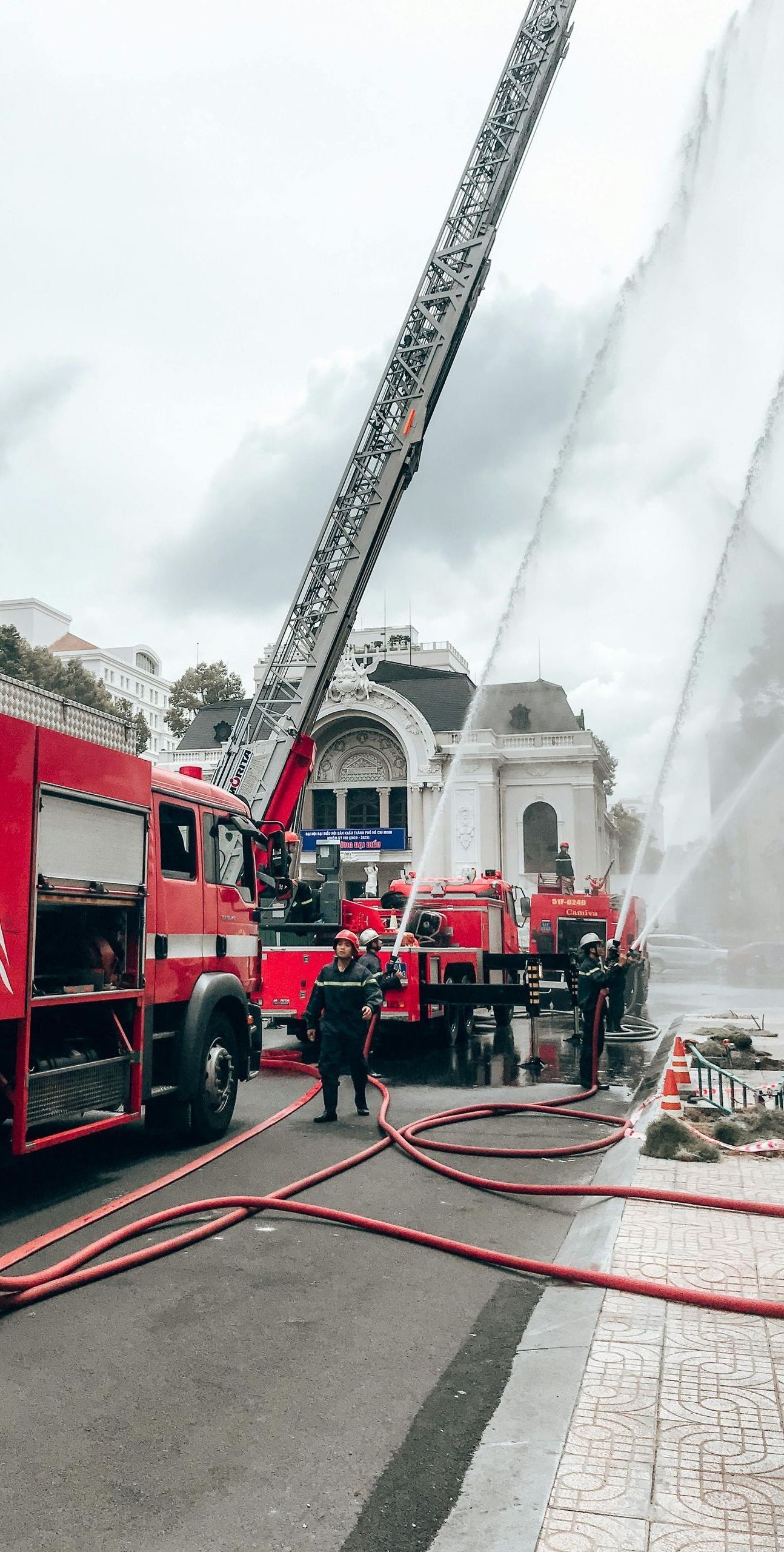
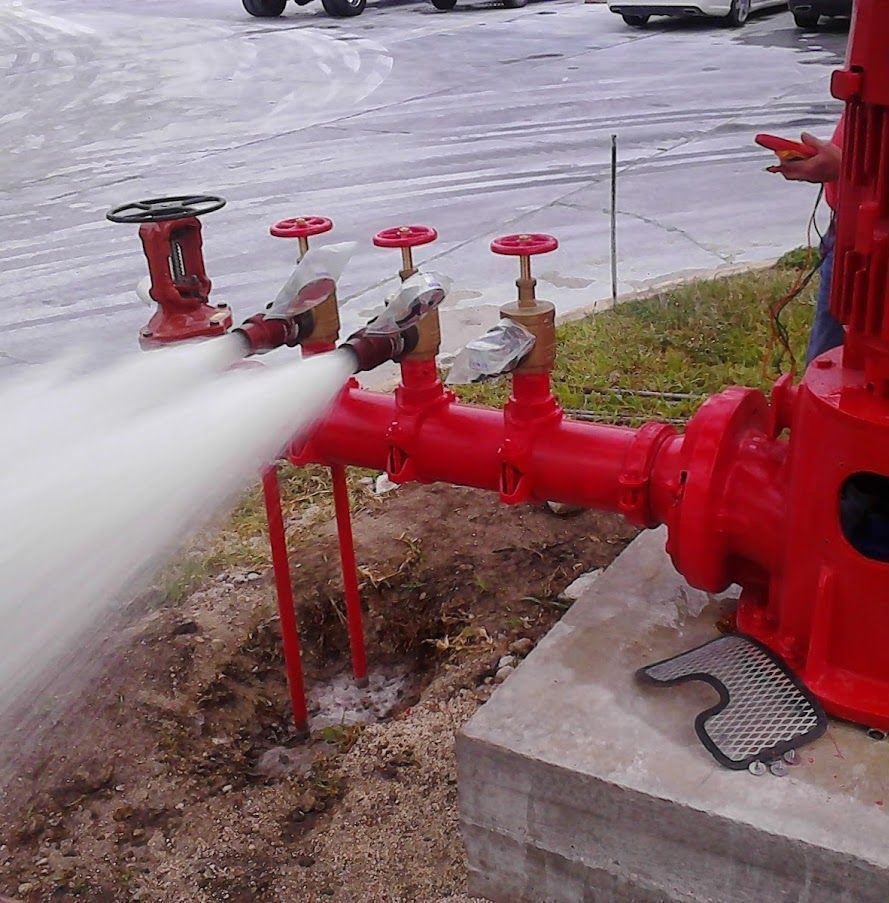
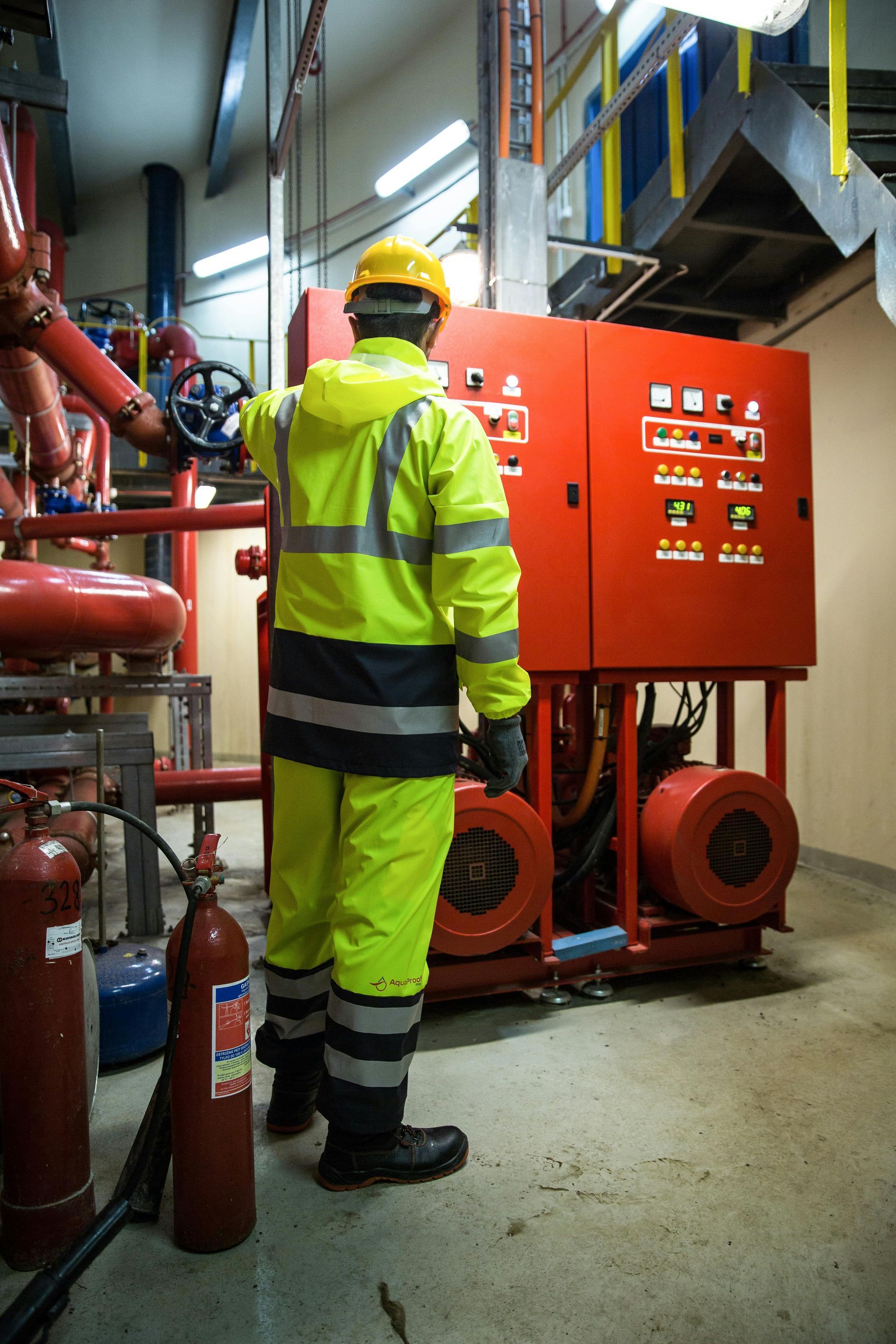
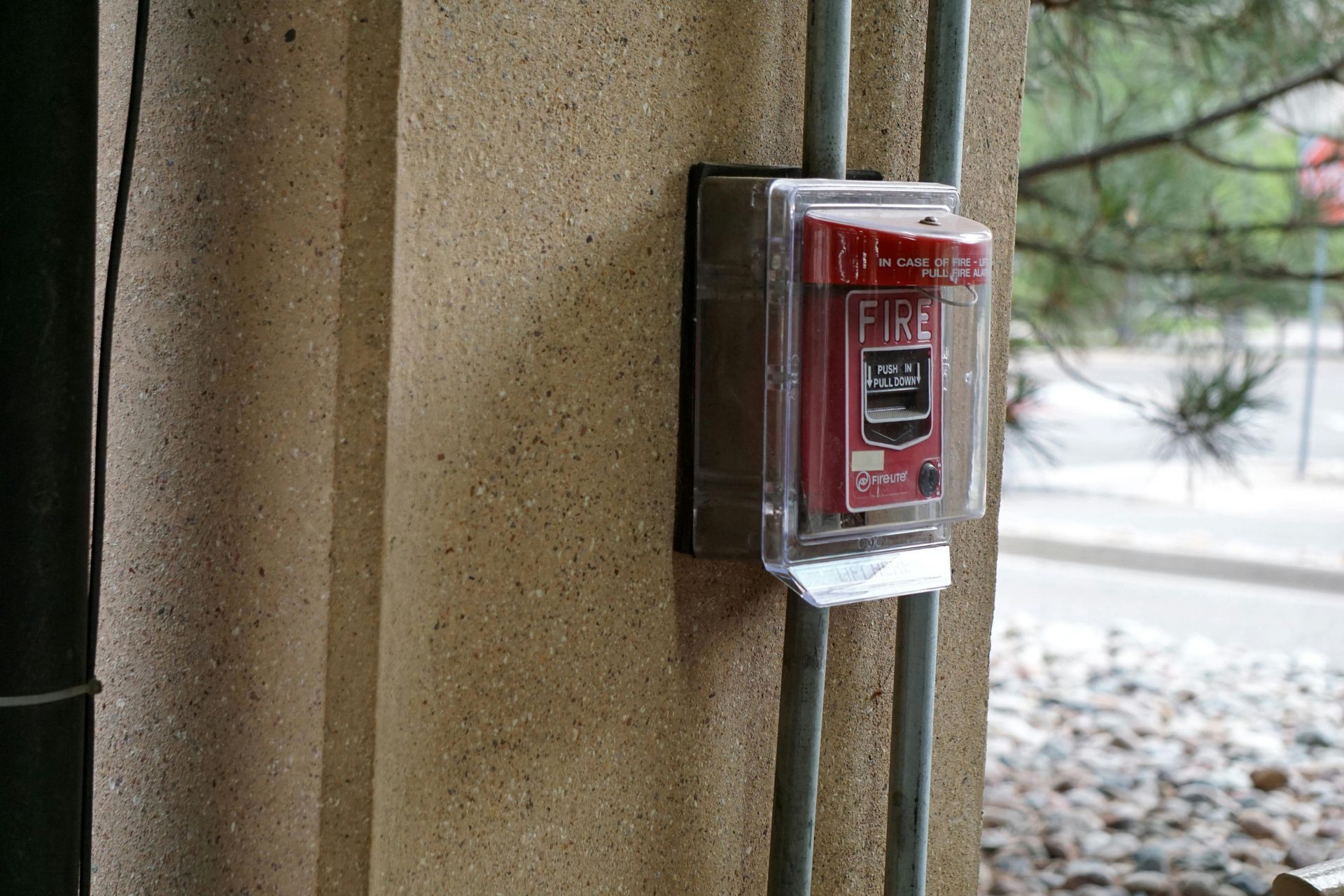
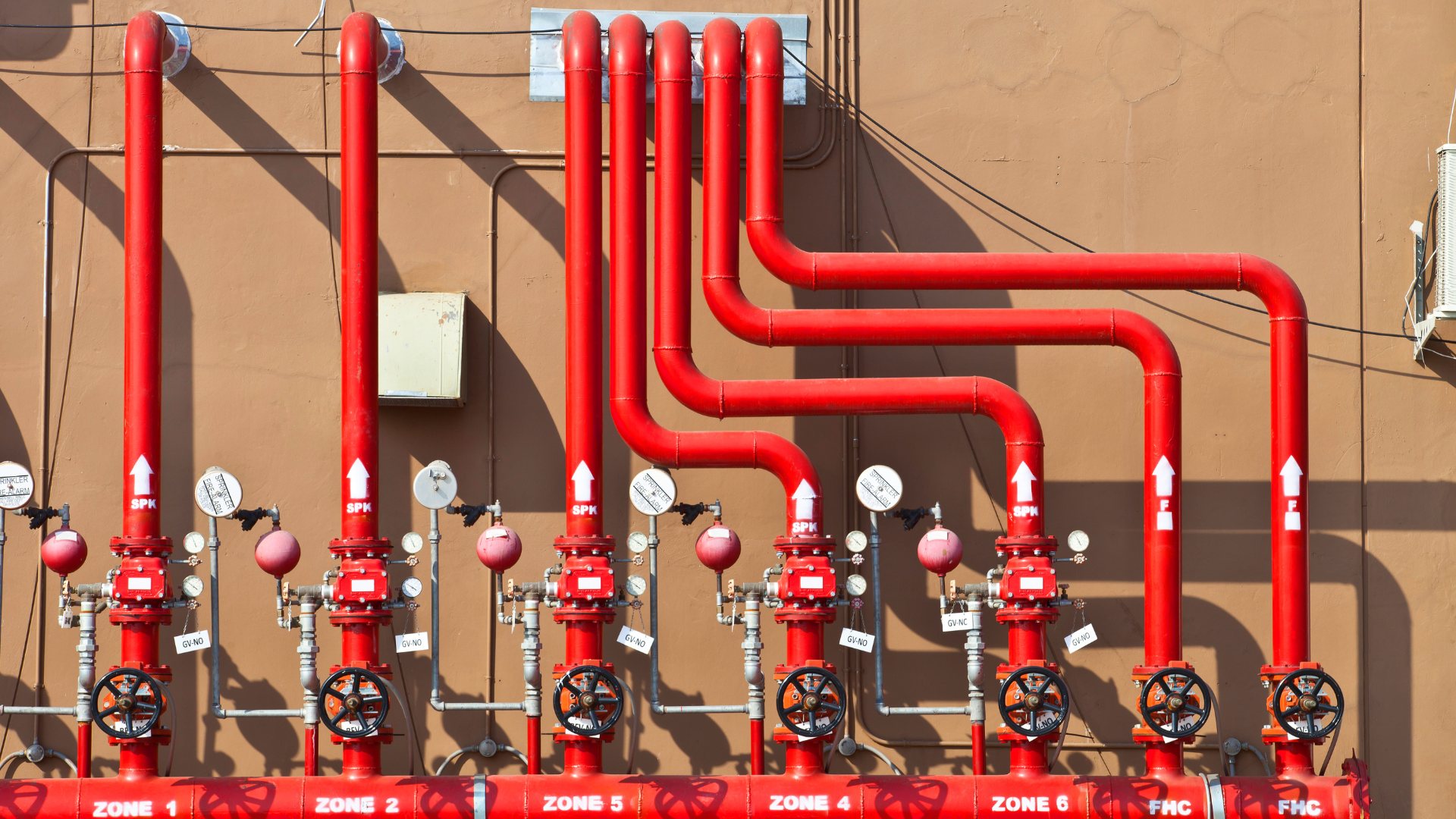


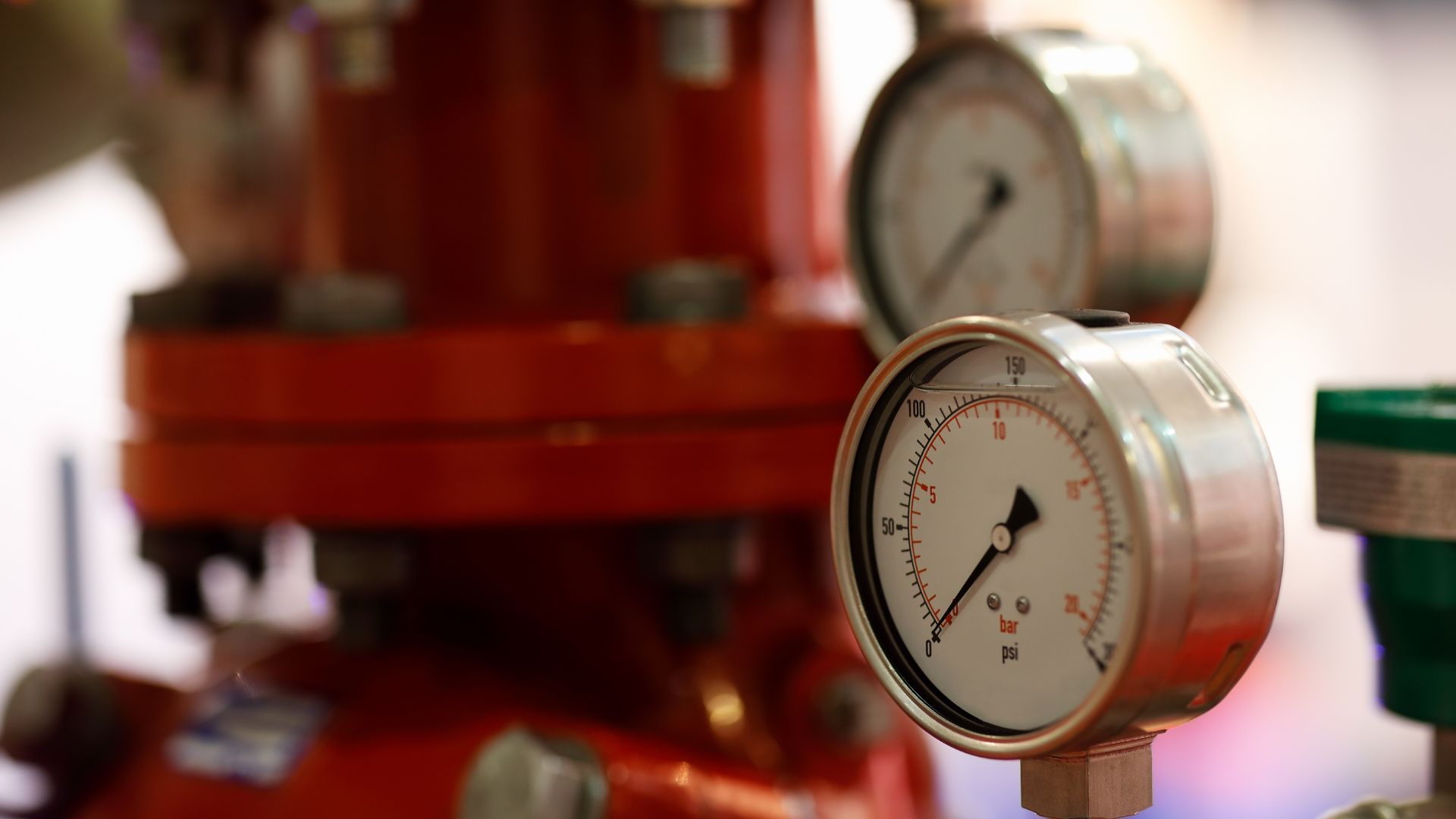

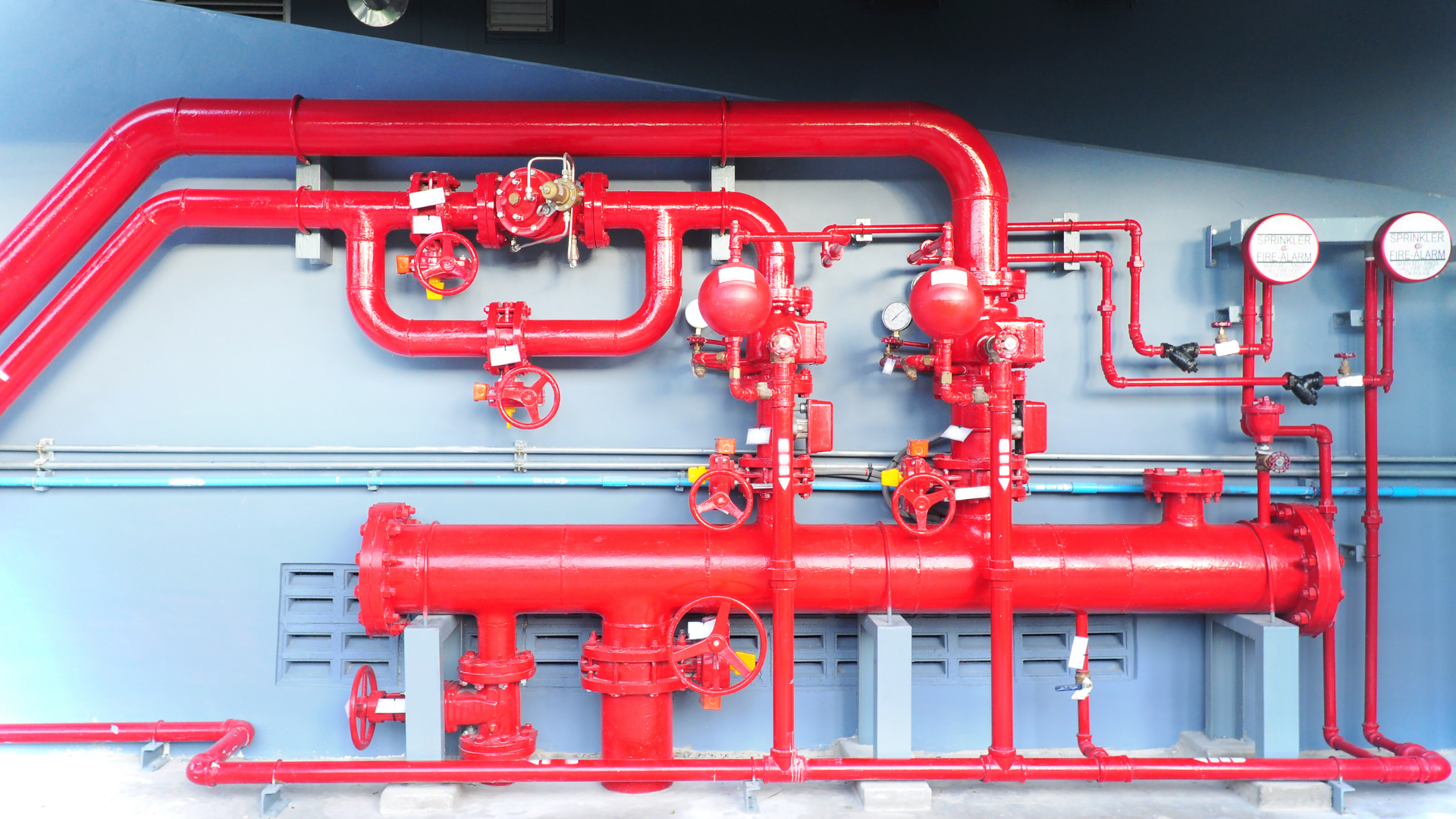

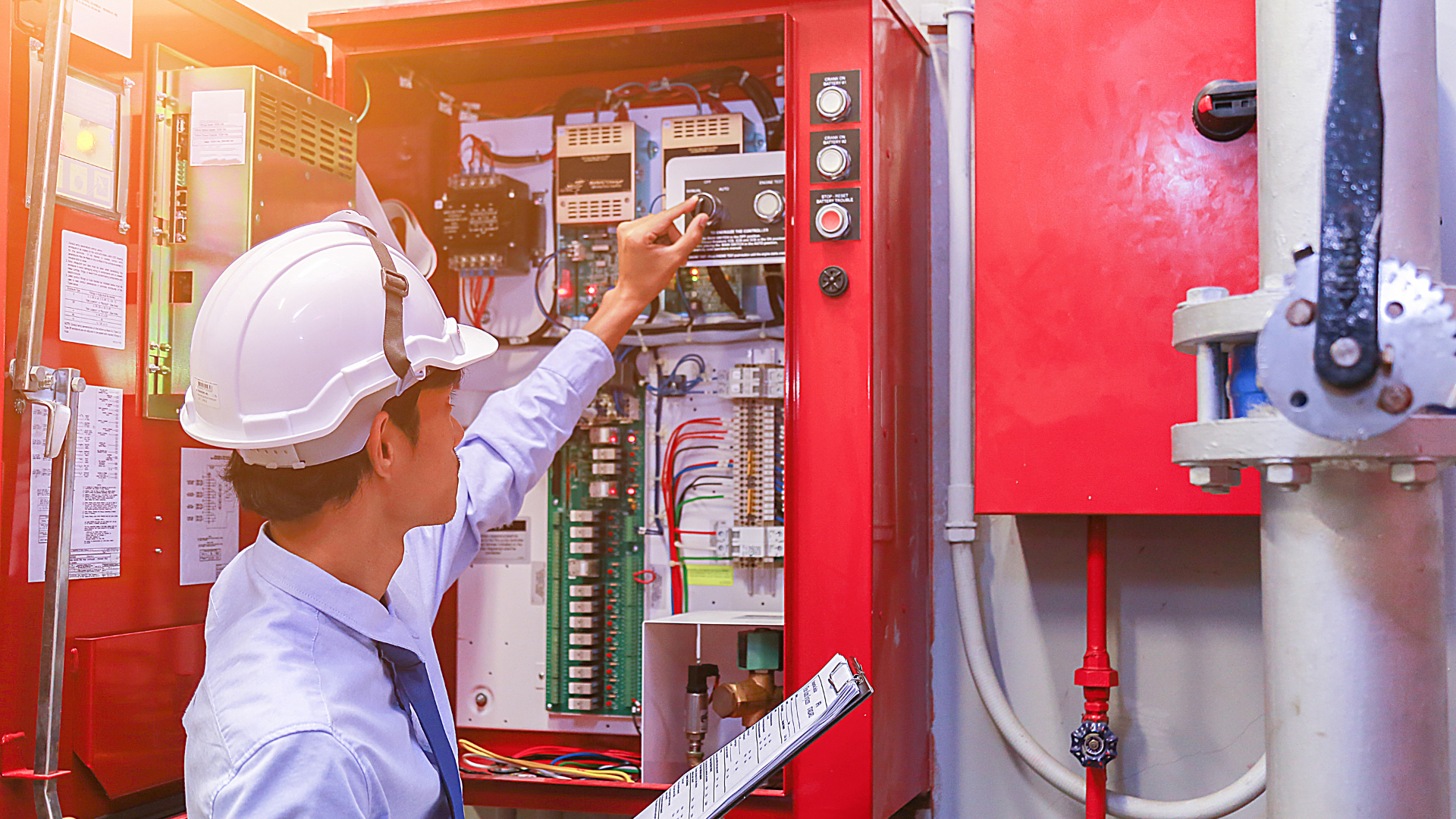
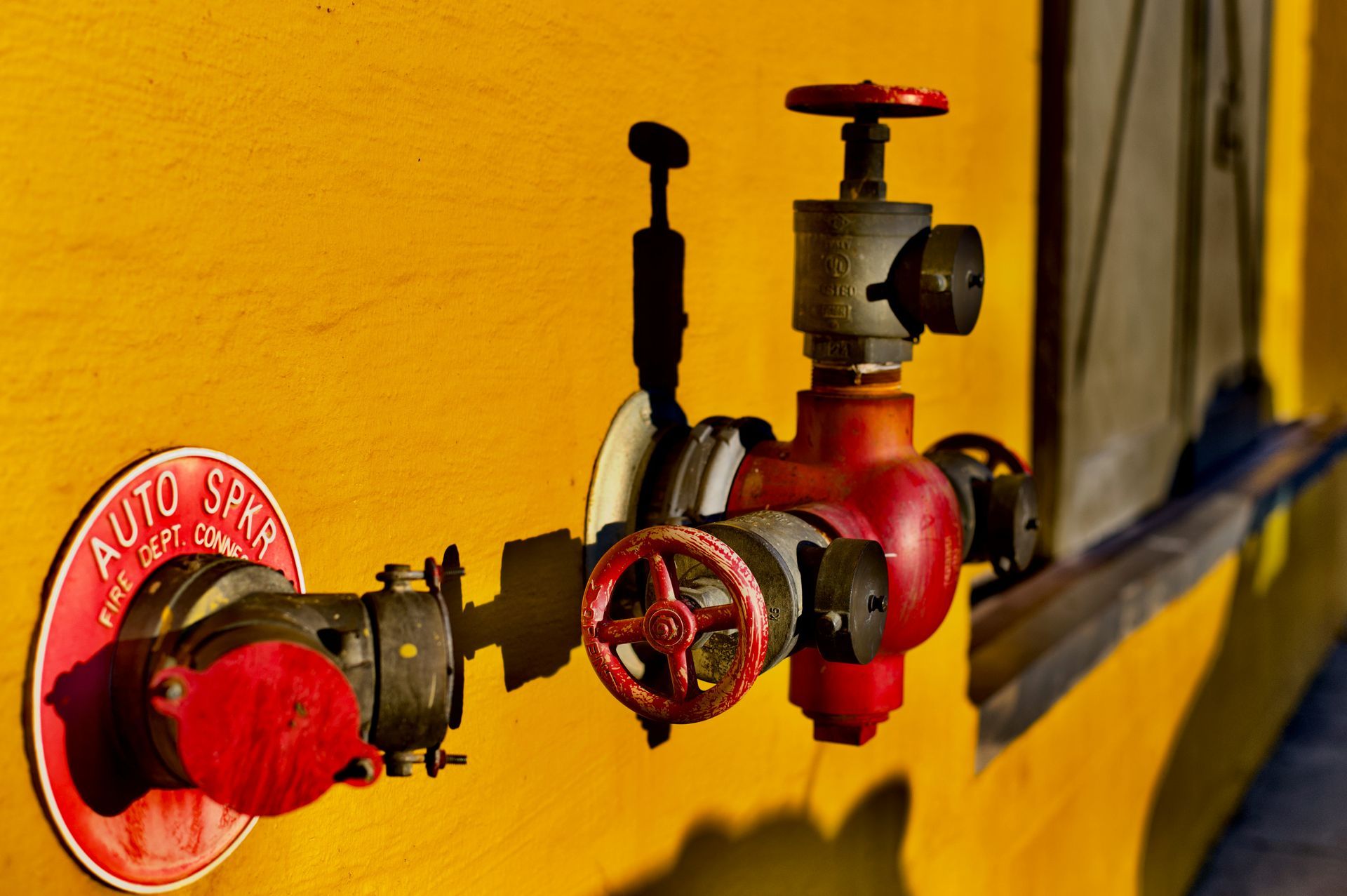
All Rights Reserved | ASAP Fire Sprinkler Protection LLC

